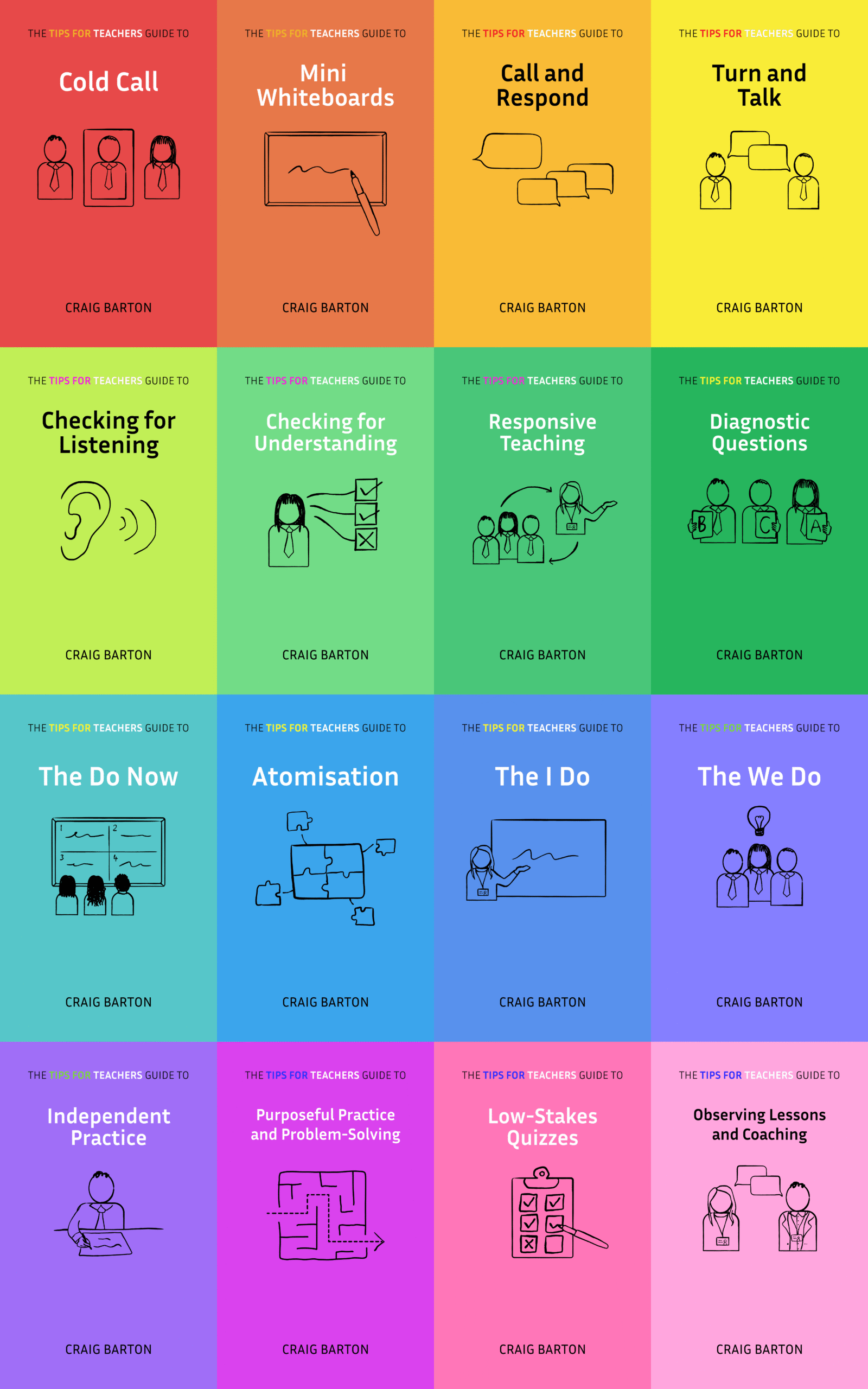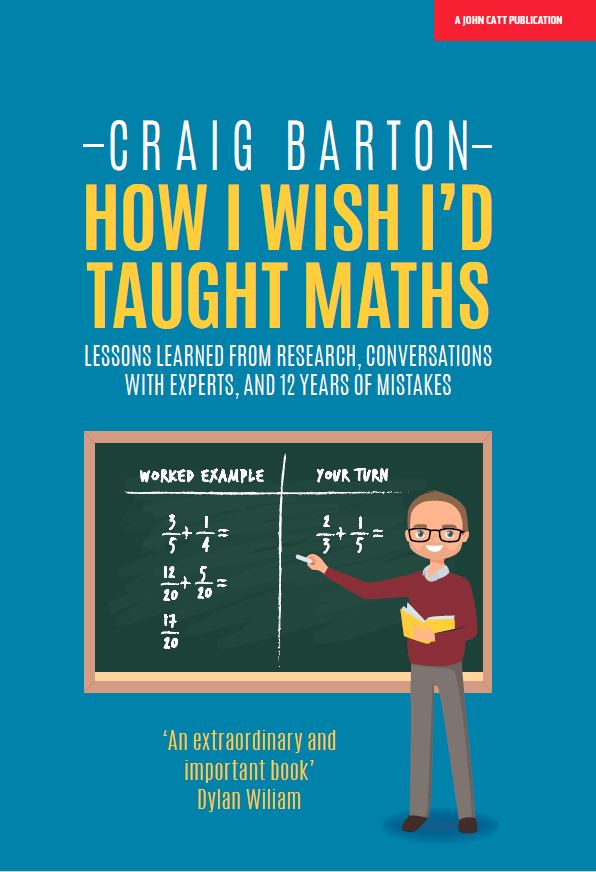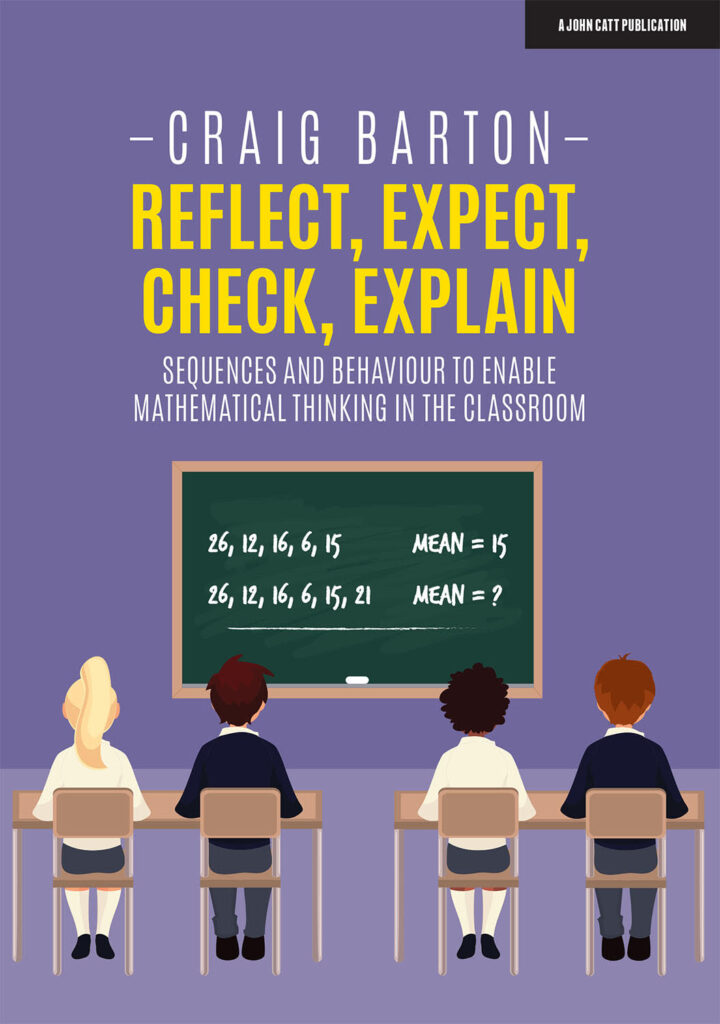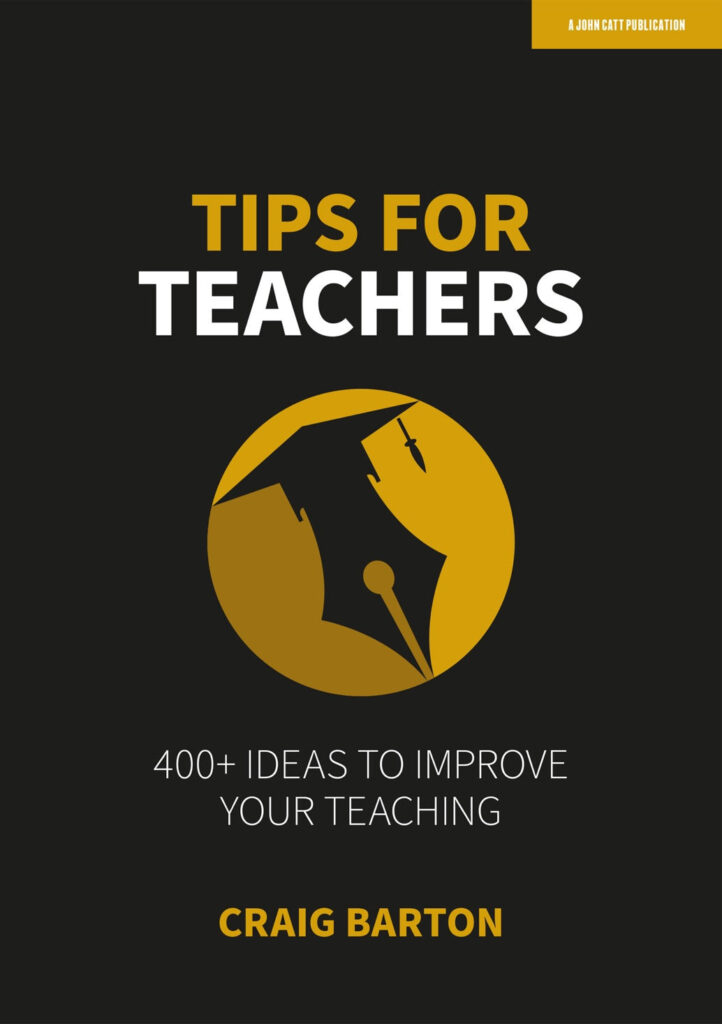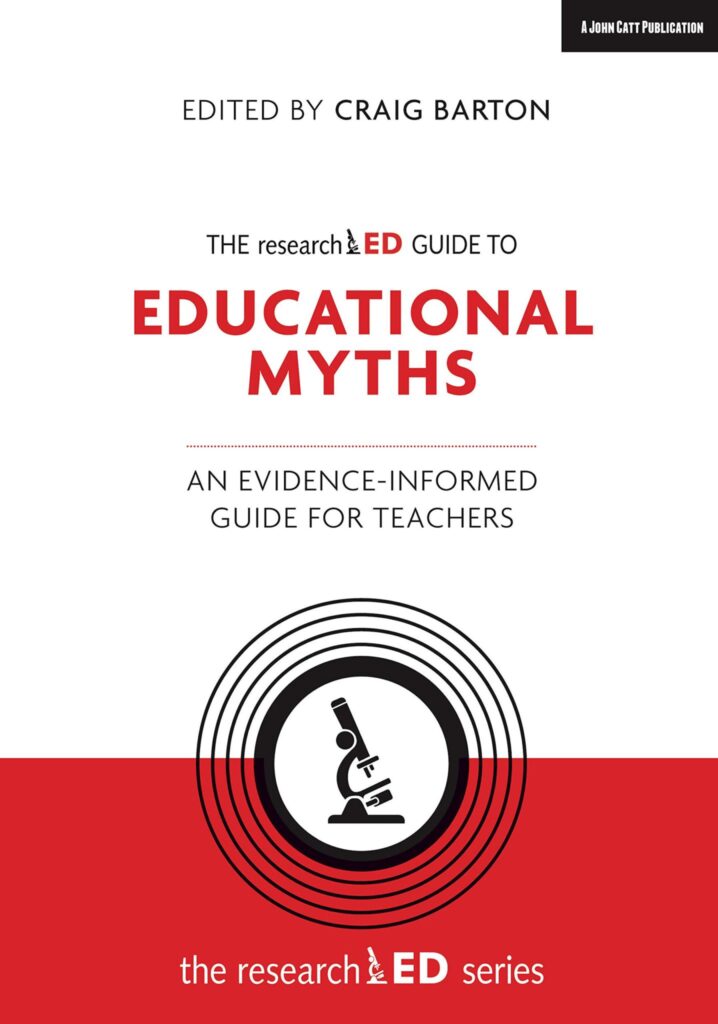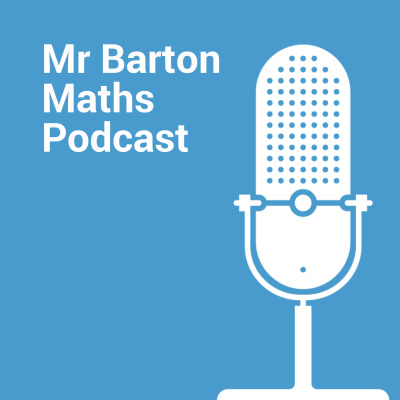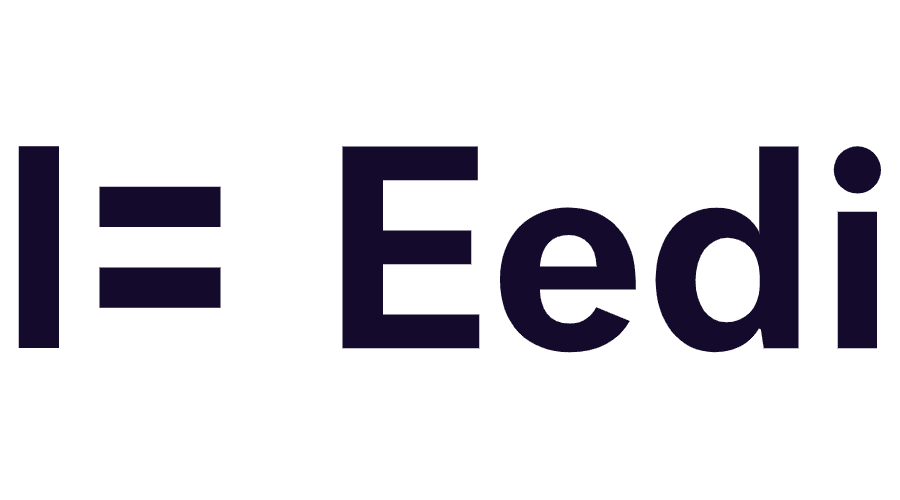Summary
This YouTube transcript discusses using pre-topic mind maps as a diagnostic assessment tool in education. The speaker advocates for using these maps to activate students’ prior knowledge, identify misconceptions, and inform subsequent instruction. The technique’s adaptability is emphasized, with variations in structure and application suggested depending on the subject matter and students’ existing knowledge. The discussion also touches upon alternative methods for assessing prior knowledge, such as learner-generated examples, highlighting the shared principle of eliciting existing understanding before introducing new concepts. The effectiveness of this approach across various subjects, particularly its potential in math, is explored.
What are the implications for teachers?
- Diagnostic Assessment: Pre-topic mind maps can serve as a diagnostic tool, revealing students’ prior knowledge, assumptions, and misconceptions about a topic. The information gathered can help teachers understand what students already know and identify gaps in their understanding. This allows them to tailor their teaching to address specific needs and build upon existing knowledge.
- Activating Prior Knowledge: Mind maps activate students’ prior knowledge and encourage them to think about a topic before formal instruction. This helps students make connections to what they already know and prepares them for learning new material.
- Flexibility and Variation: Pre-topic mind maps can be adapted to suit different purposes and student needs. Teachers can vary the time given for the activity, whether it is done individually, in pairs, or in small groups. The level of structure provided can also be adjusted based on students’ background knowledge and the teacher’s goals.
- Scaffolding: Teachers can choose to provide more or less structure depending on what they want to achieve. They might model an example or provide specific guidance, such as focusing on vocabulary. They can also allow more open-ended exploration to reveal a wider range of student understanding.
- Identifying Misconceptions: Mind maps can help teachers identify common misconceptions that students might have about a topic. For example, when teaching romantic poetry, a teacher might find that students associate it with Valentine’s Day rather than the actual meaning of the term.
- Guiding Instruction: The information gathered from the mind maps can guide the teacher’s subsequent instruction, including identifying key concepts that need to be addressed. It can also help teachers decide on the appropriate level of challenge and how to structure discussions and activities.
- Formative Assessment: The mind map itself is a formative assessment, but teachers can follow up with more precise diagnostic questions, debates, or writing tasks based on the information from the mind maps. They can also use student-generated examples to further assess understanding.
- Collaborative Learning: Teachers can use the mind maps to facilitate group discussions and collaborative mapping activities. This can involve creating a class map on the whiteboard and revisiting it throughout the topic. This allows students to build upon each other’s ideas and deepen their understanding.
- Retrieval Practice: Mind maps can be used as retrieval tools throughout the topic and even after the topic is completed. Teachers might have students reconstruct the map, or create new versions based on new insights.
- Adaptable Across Subjects: While the presenter mainly uses pre-topic mind maps in English, the technique can be used across a range of subjects, especially where topics have some real-world connections and moving parts. In mathematics, it may be more vocabulary oriented or focused on past methods but may not be effective across all math topics.
In short, pre-topic mind maps can be a valuable tool for teachers to understand students’ prior knowledge, activate thinking, address misconceptions, and guide instruction. The key is to be flexible, vary the approach based on the needs of students and the specific learning context and adapt it to your specific teaching style and subject domain.
